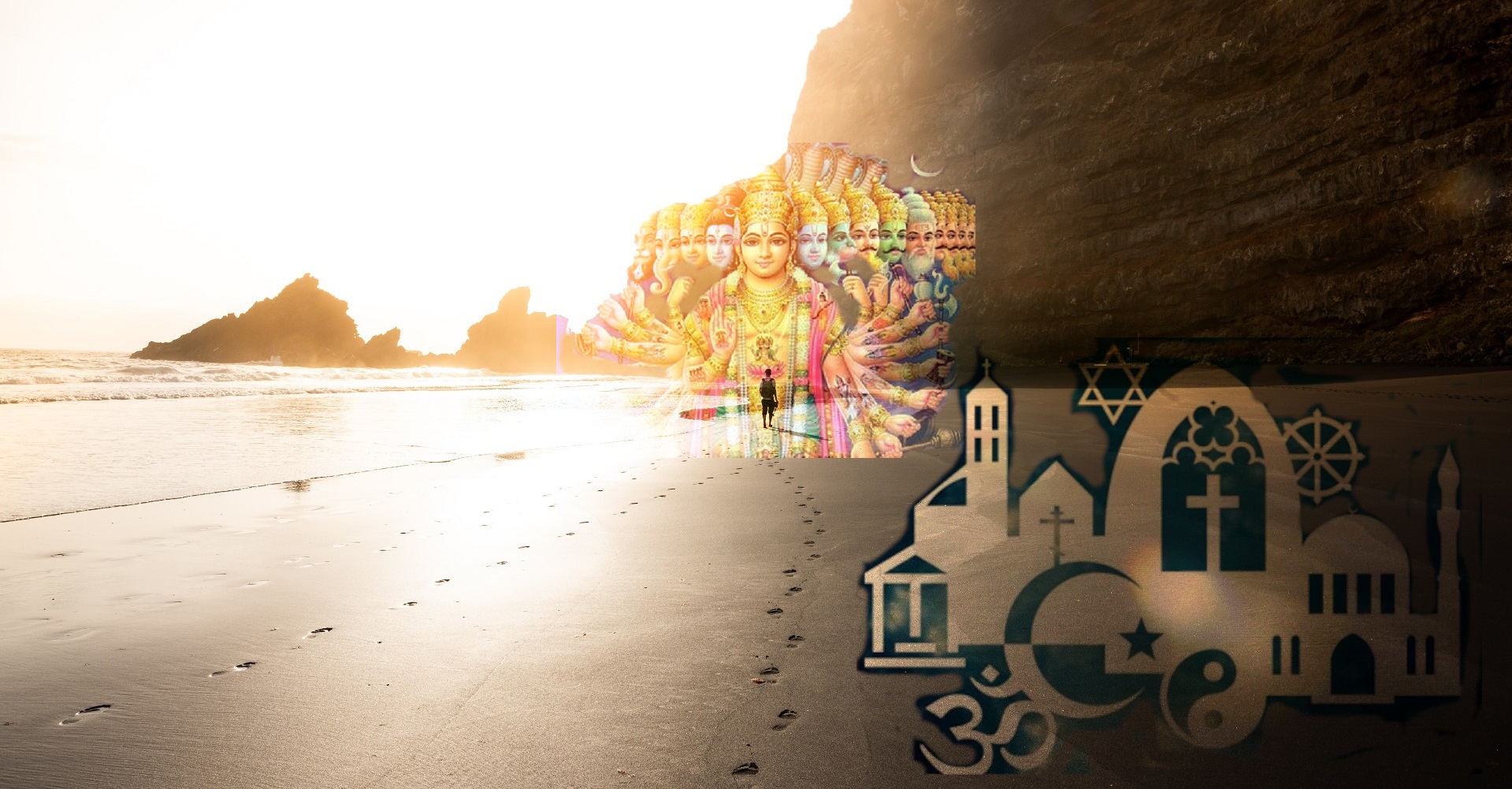Western vs Superior Dharmik Secularism
By P.V.R. Narasimha Rao
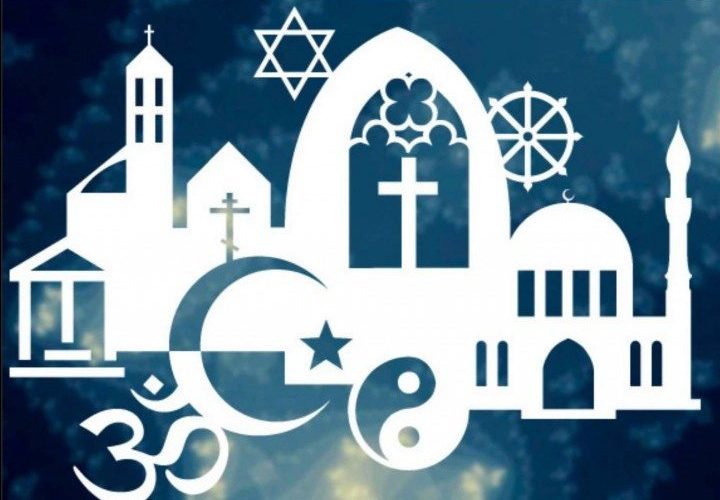
These days, many people unfortunately know only about the western notions of secularism and do not know about the superior concept of secularism that has always been deeply embedded within Sanatana Dharma. However, in coming decades, the latter will be revived and will be appreciated by the learned again!
Western secularism was born following a dark history of religions that rose in deep Kali yuga in Europe and middle east, craving to dominate and spread and tolerating, or even promotiong, violence and force towards that end. It made sense to separate religion from state to rid such religions of the power of the state!
This is in total contrast to how Indian kings openly praticed Sanatana Dharma for millennia and yet did not differentiate, even minutely, between their people based on how they viewed Divinity and how they tried to reach It!
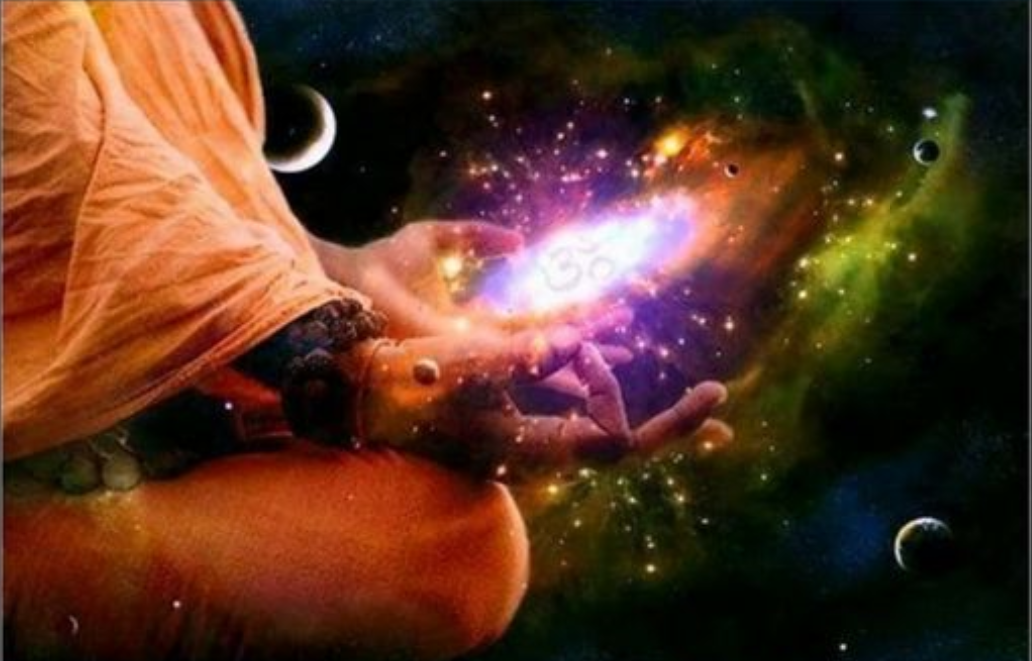
After all, Sanatana Dharma is founded on the principle of "ekam sat vipraa bahudhaa vadanti" (Truth is one but the learned comprehend and express it differently).
When Mahavira's teachings branched off and became "Jainism" or when great Hindu king Chandragupta Maurya embraced Jainism later, it caused no chagrin to Hindus (or rather the followers of Sanatana Dharma). When Gautama Buddha's teachings branched off and became "Buddhism" or when great Hindu king Asoka embraced it later, it caused no chagrin to Hindus.
When everyone happily (and publicly!) practiced their understanding of how to reach God, without fighting with others with a different understanding, there wasn't a need for the notion of *godless* secularism. Such seclarism can accommodate god, without differentiating between various notions of god!! Isn't it brilliant?!
When religion was devoid of an instinct to dominate and spread and was tolerant and all-encompassing, there wasn't a need to separate religion from state. King can practice his religion and various people can practice theirs, without any mistrust or hatred.
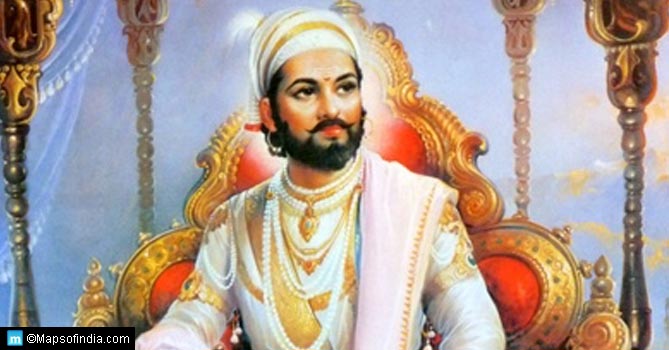
Let us take great Hindu king Chhatrapati Shivaji of 1600s. He ruled western India during a time when Muslim kings had been conquering more and more parts of India, destroying temples and Hindu libraries, killing Hindu kings and priests, raping Hindu women and forcefully converting people to Islam. But, even as he fought them and protected Hindus from those barbaric marauders, Shivaji NEVER forcefully converted any Muslim to Hinduism! He treated all his subjects with equal respect and gave them freedom to practice their religion.
Of course, per his personal beliefs, he openly worshipped the Divine Mother per Hindu customs of the era and celebrated his guru Sadguru Samarth Ramadas, a great devotee of Lord Rama. Though he let his religious views affect his public conduct, he NEVER misused his power to force his religious views on anyone else and protected EVERYONE as they followed their religious views.
What is wrong with it? Why is it inferior to godless western secularism??

When India's PM Narendra Modi took part in the bhoomi pooja ceremony for the construction of Lord Rama's temple in Rama's birthplace Ayodhya, some "secular" writers faulted him for that.
First, they consider this as taking sides in a dispute, not realizing that there is no dispute any more. Rama's temple at what is believed to be his birthplace was destroyed by an invading muslim king centuries back and the mosque built there by him is now unused and in a dilapidated state. After a long litigation, Supreme Court of India gave a judgment allowing the construction of a temple at that site. So there is no dispute.
Second, they say it is a blot on secularism. Well, I see it as going back to ancient Indian notion of dharmik secularism. In my view, Modi is cut from the same cloth as Shivaji. He sincerely and publicly follows his religious views, but never forces those on others.
BTW, there is a huge difference between a deeply religious man and a religious bigot. Modi is the former, though Indian and international media succeeded, by persisting with lies over a long time, in painting him as the latter. :-( Both his chart and what I observed in his public conduct over a long time clearly confirm that to me.

Having said that, I must concede one thing. Though Modi himself is very balanced, there are some unbalanced ones (and even bigots) in his party and among some powerful Hindu groups in general.
Honestly though, I can understand where they come from.
Some religions of deep Kali yuga, which made it acceptabble (and desirable in some quarters!) to say "you'll go to hell if you don't practice XYZ religion" and used force to "convert" others, traumatized Hindus over the last millennium.
As Hindus are no longer suppressed or in slavery, as they overcome collective trauma and as they regain some of their stolen material wealth and worldly confidence, there may be an over-reaction against the descendents of those who engaged in genocide against Hindus over centuries and caused trauma.
Unfortunayely, such Hindus may be forgetting the basic tenets of Sanatana Dharma and becoming a little like those they hate!
However, I am confident that this is a passing phase (a few decades). Sanatana Dharma is in the very DNA of India and will express itself fully again.
I want to make a slightly related point.
As I said, Sanatana Dharma is founded on the principle of "ekam sat vipraa bahudhaa vadanti" (Truth is one but the learned say it differently).
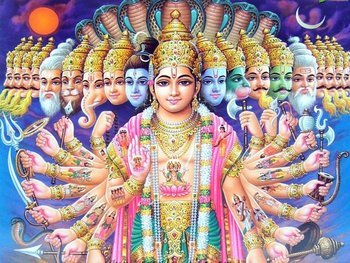
Whether one worships Vedic deities such as Agni, Indra, Surya, Soma, Varuna, Mitra etc, or other deities such as Vishnu, Shiva, Ganesha, Kartikeya, Rama, Krishna, Narasimha, Durga, Lalita, Chandi, Kaali, Taaraa etc, Sanatana Dharma does not look down upon one. Like there may be many paths to the top of a mountain, Sanatana Dharma sees attachment to, closeness to and eventually union with, several deities, as a path to the pinnacle of existence - Self-realization.
The microcosm (inner world) resonates to the macrocosm (outer world). Sages of Sanatana Dharma personified various inner energies and created methods to relate to them. That is why there are millions of deities!
How can anyone then claim to have an exhaustive list of deities of Sanatana Dharma? For example, could Mother Pele or Mother Isis or Mother Yemayá or Mother Lada be different forms/manifestations of the same Divine Mother whom Hindus worship, just like Poleramma, Yellamma, Pochamma etc worshipped in small Indian villages? If a non-Hindu worships one of them without forcing that on others, is that really incompatible with Sanatana Dharma? Can't the framework of Sanatana Dharma encapsulate that as well?
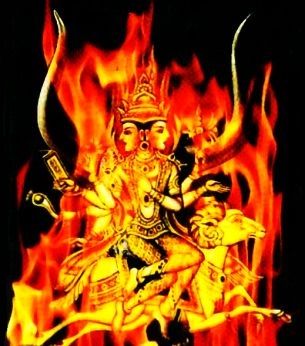
It is in this spirit that we created religion agnostic Fire Yoga manual that provides a template based on the Vedic fire ritual, using which one can worship in holy fire any form of divinity one is attached to, with any sacred chants one is attached to.
If one is open-minded enough to incorporate the Vedic fire ritual framework into one's worship of a deity of one's own religion, we, as followers of Sanatana Dharma, also can be open-minded enough to enable them to worship their chosen deity using the supreme medium of Holy Fire.
Though some Hindus have accused us of enabling the "digestion" of Hinduism by others, this is not digestion "of" Hinduism by others, but a re-integration of compatible traditions into the big tent that Sanatana Dharma was, should be and will be.
In various parts of the world, various tolerant religious traditions were practiced and certain divine forms were well-established over millennia. But, some intolerant relgions of deep Kali yuga nearly erased them. Enabling those inclined to re-establish those traditions, employing the supreme medium of Holy Fire, is a good strategy for weakening, over the long run, modern intolerant religious traditions and re-kindling Saatana Dharma throughout the world!
